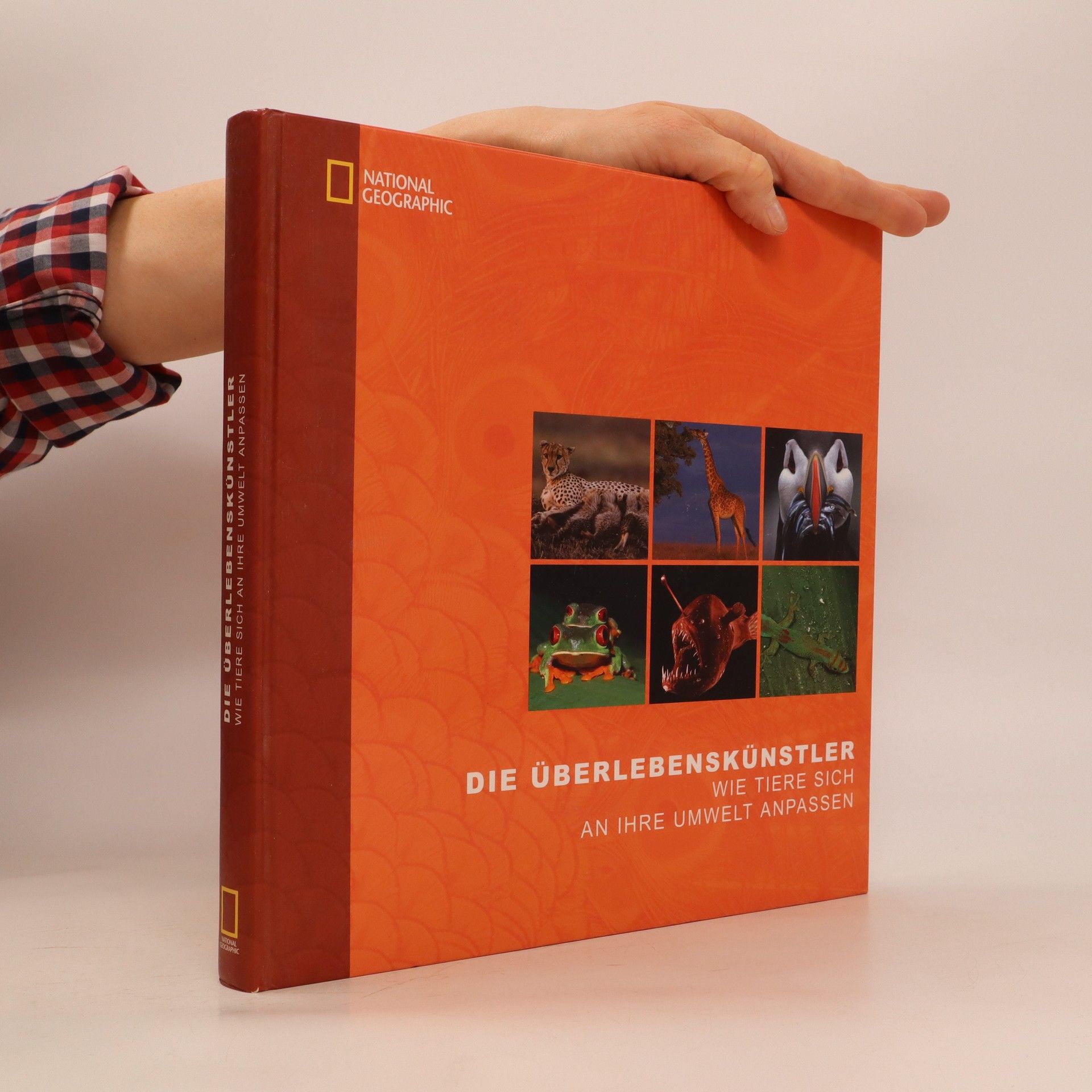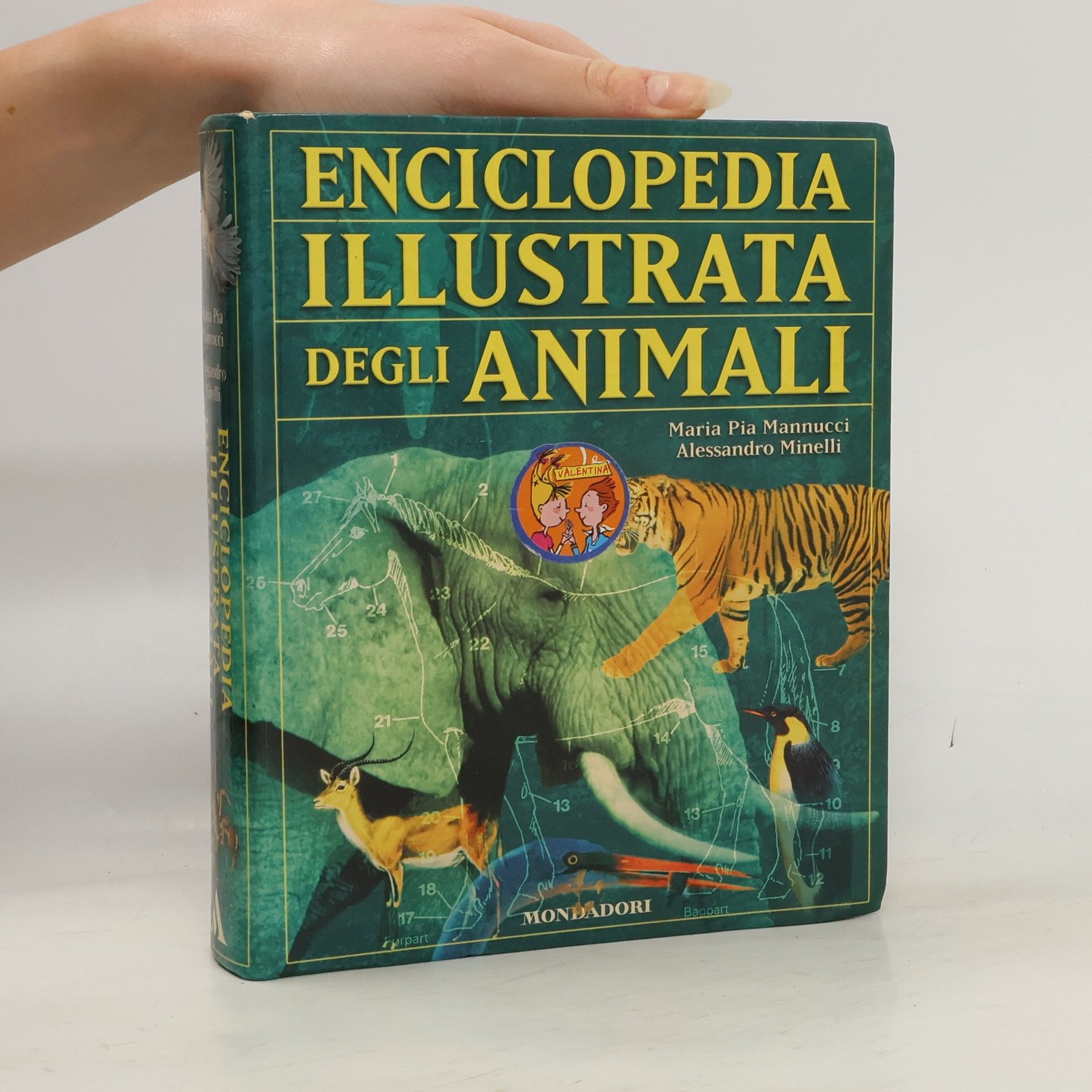Using familiar examples and easy-to-follow arguments, this concise book offers fresh alternatives to a number of widespread misconceptions about development. It will appeal to anyone interested in novel views and ideas in biology, including biologists, science educators, philosophers, students and general readers.
Alessandro Minelli Volgorde van de boeken






- 2021
- 2019
Plant Evolutionary Developmental Biology
- 480bladzijden
- 17 uur lezen
By combining molecular genetics with comparative morphology, this book offers an in-depth exploration of the evolution of plant development. It presents a comprehensive analysis that highlights the interplay between genetic mechanisms and physical structures in plants, providing valuable insights into their evolutionary processes. This integration of disciplines enhances the understanding of how plants have adapted and evolved over time.
- 2014
Towards a Theory of Development
- 320bladzijden
- 12 uur lezen
This volume explores the foundations of ontogeny by asking how the development of living things should be understood. It explores key concepts of developmental biology, asks whether general principles of development can be discovered, and what the role of models and theories is in developmental biology.
- 2013
Arthropod biology and evolution
- 541bladzijden
- 19 uur lezen
More than two-thirds of all described living organisms belong to the phylum Arthropoda, showcasing immense diversity in species, body forms, developmental processes, and adaptations across various habitats, from deep oceans to terrestrial and aerial environments. Among these, the fruit-fly stands out as a prominent model organism, integral to Mendelian and population genetics, and now pivotal in developmental genetics. This shift has transformed our understanding of key arthropod traits, including the origin and evolution of segments, specialization, and appendages. Concurrently, as developmental genetics fueled the rise of evolutionary developmental biology (evo-devo), molecular phylogenetics began to challenge traditional views on arthropod phylogeny, particularly the relationships among insects, crustaceans, myriapods, and chelicerates. Meanwhile, paleontological discoveries have unveiled numerous extinct forms, prompting a significant reevaluation of arthropod phylogeny and revealing unexpected disparities among arthropod and arthropod-like forms, complicating the clear classification of the phylum.
- 2009
Surviving
- 198bladzijden
- 7 uur lezen
A kaleidoscope of magnificent photographs details the astonishing diversity of evolutionary adaptation among animales and plants.
- 2008
Eindrucksvoller Bildband über die kuriosesten Überlebenstricks in der Tierwelt.
- 2006
The Development of Animal Form
- 342bladzijden
- 12 uur lezen
Integrating traditional morphological studies with modern molecular genetics, this work explores the field of evolutionary developmental biology, or 'evo-devo'. It examines how animal forms have developed over time, highlighting the interplay between genetics and morphology in understanding evolutionary processes. This comprehensive approach offers insights into the mechanisms that shape the diversity of animal life.
- 2001
Enciclopedia illustrata degli animali
- 495bladzijden
- 18 uur lezen
- 1998
Biological Systematics: The State of the Art
- 404bladzijden
- 15 uur lezen
Focusing on the evolution of biological systematics, the book offers an in-depth analysis of its history, theory, and practical applications. Key theoretical issues are explored, particularly the species concept and phylogenetic reconstruction methods. It contrasts differing perspectives on the relationship between phylogenetics and systematics. Additionally, a substantial portion is dedicated to the taxonomy of major biological groups, culminating in a discussion on evolutionary patterns, making it a comprehensive resource for understanding contemporary systematics.

